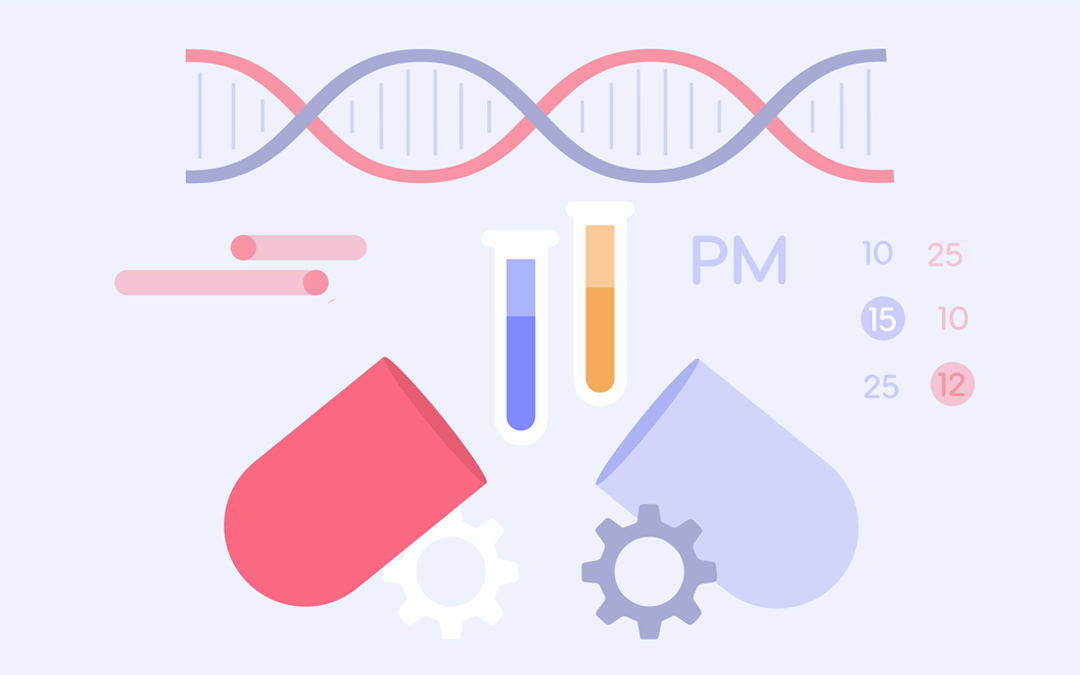In the present-day turbulent economic situation, cost optimization has become one of the top priorities for business organizations. Among other things, this can be achieved by improving a company’s operational efficiency.
What is it exactly, and why is it so important to improve it? How is it possible to increase operational efficiency in project-based organizations? Let’s figure these issues out in the article.
What Is Operational Efficiency and Why Improve It?
Operational efficiency is an indicator of the effectiveness and efficiency of a company’s activity expressed as the ratio of the input required for it (e.g., human and material resources) and the output produced as a result of this activity. Improving operational efficiency means delivering more output with the same or less input. In particular, this involves more reasonable utilization of a company’s resources, eliminating inefficiencies and redundant processes, increasing employees’ productivity, leveraging technology and automation, etc.
As a result of improving operational efficiency, business organizations can gain the following benefits:
- Cost optimization.
More intelligent use of human and material resources; preventing, timely detecting, and solving problems as well as automating processes make it possible to reduce spending while maximizing business value.
- Increasing profitability and ensuring business growth.
Organizations with a high level of operational efficiency can complete more orders with the same or fewer/less resources. Combined with cost optimization, this can increase companies’ profitability and ensure their business growth.
- Ensuring customer satisfaction.
Automation and optimization of processes contribute to increasing employees’ productivity and the chances for delivering high-quality output that customers will appreciate.
- Increasing competitiveness.
Finally, all of the previously mentioned benefits help companies increase their competitiveness in the market.
Now, let’s review the recommendations that will make it possible to improve operational efficiency in project-based organizations.
Tips on Improving Operational Efficiency in Project-Based Organizations

Most often, project-based organizations run multiple projects in parallel with a limited number of resources. Therefore, they need to streamline the work on these projects as much as possible as well as utilize these shared resources most intelligently. You can reach these objectives by implementing the following measures.
Automate processes where possible
Any routine and repeatable actions should be automated in companies that strive to increase their operational efficiency. This not only refers to manufacturing but also to project-related activities like compiling reports, gathering information, inputting repetitive data, etc. – everything that can be automated should be. Automatic data analysis should be mentioned separately – it’s critically important for making data-driven decisions, which in turn is an important prerequisite for a seamless workflow.
Here are the other benefits of automating processes:
- It increases the quality of output thanks to reducing the number of human errors;
- It facilitates faster work delivery;
- It contributes to more intelligent use of employees’ time;
- It allows team members to fulfill their potential by completing more sophisticated tasks, which in turn will keep them engaged.
Timely eliminate bottlenecks and fix issues
Bottlenecks are the team members who cannot cope with their work and, as a result, hamper the whole workflow. In a multi-project environment, timely detection and elimination of bottlenecks as well as fixing issues gain particular importance. As a rule, the projects in such an environment have dependencies on each other, so an unaddressed bottleneck or issue in one project will inevitably affect other projects leading to reduced productivity, delays, and/or cost overrun.
Promote collaboration between the team members/teams
Effective collaboration between team members or teams is essential for productivity and efficiency; it reduces silos, conflicting priorities, misunderstandings, rework, and so on. In addition to the above-mentioned benefits, effective collaboration contributes to team members’ creativity and more effective problem-solving, helps employees find ways to improve processes, etc. Therefore, organizations that facilitate collaboration and encourage employees to work towards achieving common goals can significantly increase their operational efficiency and productivity.
Project-based companies that have globally distributed teams and resources should take particular efforts to ensure effective collaboration between people.
Read more: 4 Tips on How to Manage Globally Distributed Teams with Maximum Efficiency
Prioritize work
When people are involved in numerous concurrent activities, work prioritization helps them concentrate on the most critical of them for the moment. At the task level, it increases team members’ productivity and efficiency as well as reduces the waste of their time and effort. At the project level, prioritization makes it possible to use resources efficiently – assign them to those projects that will generate maximum profit and/or will allow a company to meet its business objectives.
Utilize resources’ potential with maximum efficiency
The following tips will help you.
- Plan resources for upcoming projects.
This will ensure that future projects are staffed with the required people and provided with enough materials, which in turn will minimize delays related to resources’ unavailability and excessive spending.
- Assign tasks properly.
As for human resources, you should ensure that they work on the tasks that fully match their skills – the research by Gallup has found that people who use their strengths at work are more productive than those who don’t. Also, the level of complexity should correspond to the level of a team member’s expertise.
- Take care of people’s workload.
Make sure that they are neither snowed under with work nor wasting their time being idle – in both cases, their productivity will be low and they will become bottlenecks.
Following these requirements will make it possible to achieve maximum productivity and efficiency of your human resources.
Increase employee engagement
Engaged employees are more productive and committed to the work they are doing. This increases operational efficiency by itself as well as contributes to customer satisfaction and profitability growth as a result. You can enhance your people’s engagement by providing them with a manageable workload, acknowledging their contributions, ensuring effective communication with them, letting them feel valued, taking their strengths and weaknesses into account, and facilitating their professional development. The latter should be mentioned separately as it plays a significant role in increasing operational efficiency – the team members should master new technologies and best practices, implement them in their activities, and keep up with the updates in legislation, policies, regulations, etc. As a result, the quality of their work improves, and so does a company’s operational efficiency.
Leverage a robust resource management system

Utilizing a reliable resource software solution can not only ensure efficient management of resources but also contributes to implementing the steps listed above. In a project-based organization, it’s reasonable to leverage a multi-project resource management system, for example, Epicflow. This is how it contributes to increasing a company’s operational efficiency.
Automating some project/resource management activities
Epicflow automates the following activities:
- Task prioritization across the whole project environment;
- Suggesting best possible resource allocation variants based on team members’ skills, capacity, and availability;
- Forecasting future workload and output;
- Generating reports, and more.
Identifying bottlenecks
Epicflow analyzes historical data on resource performance and presents it in an understandable format on the Historical Load Graph. A project/resource manager can analyze them to identify bottlenecks and their causes.
Enabling collaboration
Epicflow increases the effectiveness of joint work thanks to providing real-time updates regarding work progress and being a single source of truth for every project participant.
Preventing team members from overload
Epicflow helps companies take care of their people by preventing them from overload. In particular, its forecasting capabilities predict future workload so that a project manager can plan future work taking this information into account. Also, Epicflow helps detect bottlenecks so that a project/resource manager can fix the situation and make team members’ workloads balanced.
Ensuring visibility into resource-related information
Epicflow keeps the data on each team member’s competencies, their level, capacity, and availability, which can be used for various purposes – e.g., planning future projects, assigning resources, identifying people’s skill gaps, etc., which generally contributes to more efficient resource management and helps deliver better business outcomes.
Facilitating data-driven decisions
In Epicflow, you can run simulations, analyze the consequences of changes to the project environment, and make decisions based on this data. For example, you can try out how the workflow will change upon reassigning resources, adding a new project, hiring more employees, etc. As a result, you’re always confident in the success of your projects, because you know that you can effectively respond to any risk-bearing situation or change request without any negative consequences.
Contact our specialists to learn more about the seamless orchestration of multiple projects and more intelligent management of their shared resources.







